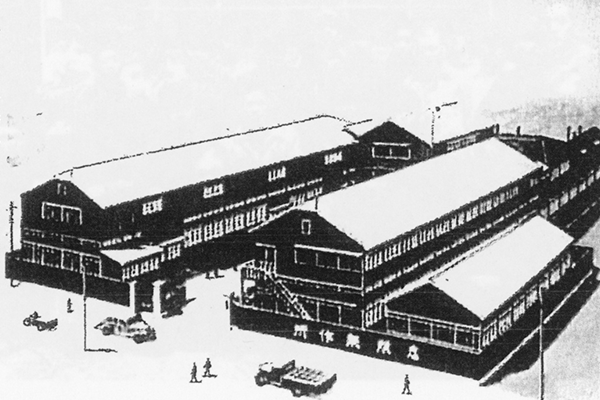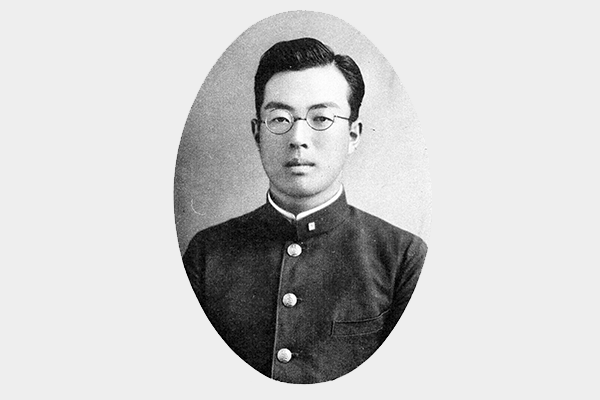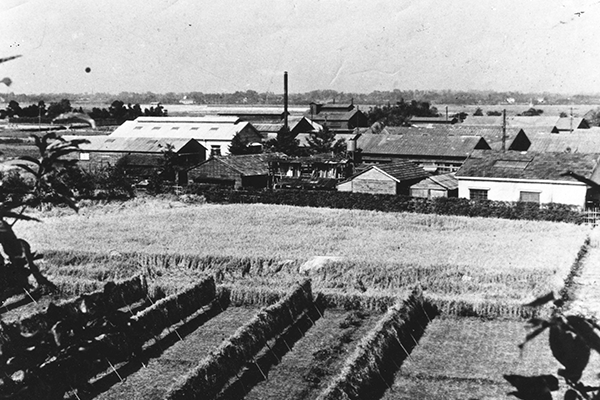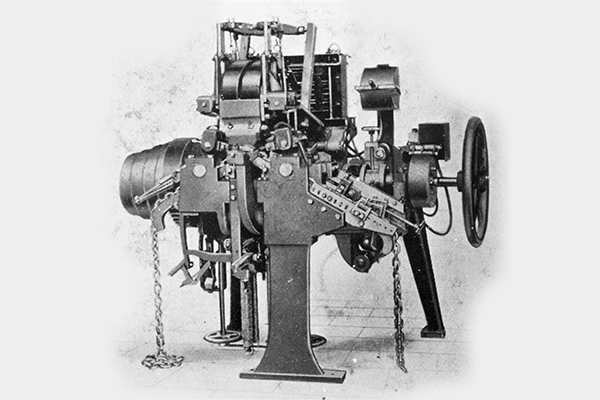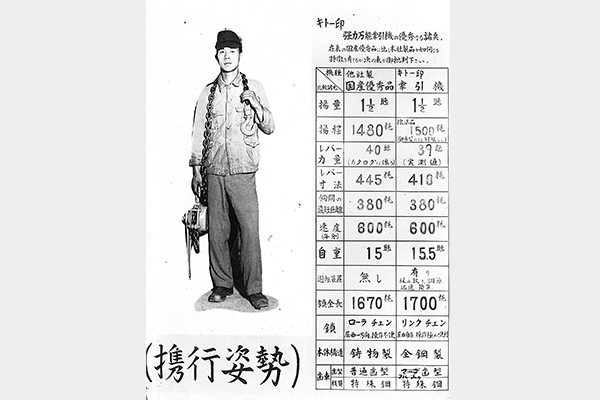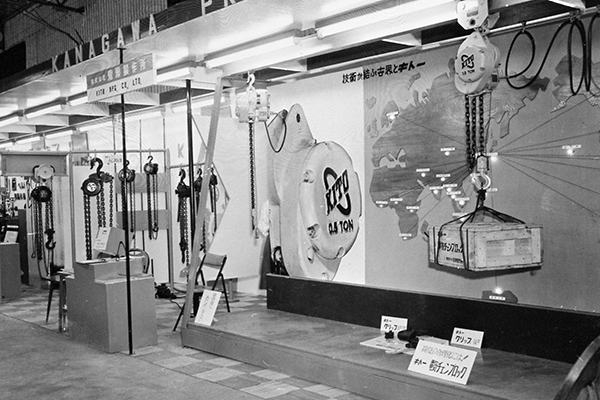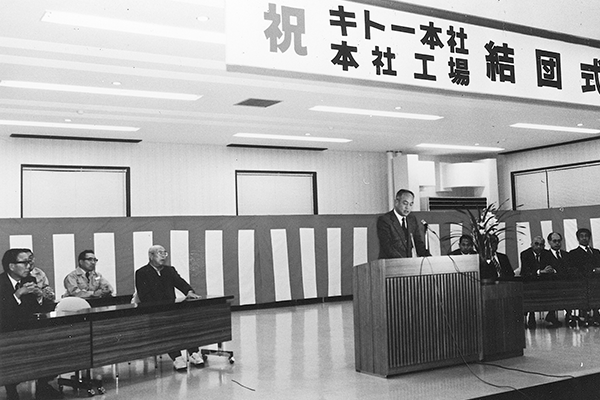Kito began in 1932 as a small factory in Omori in Tokyo’s Ota Ward. Kito developed its first electric chain hoist when Japan was reeling form postwar confusion and the social unrest left by the war.
As the nation ramped up in a era of fast economic growth, Kito entered the distributionsystem business and other fields in response to the needs of the times, and grew as its built up its corporate foundation.
Despite the affects of the bubble economy and recession, Kito moved steadily forward based entirely on the faithful pursuit of its mission to make products smaller, lighter, safer and more durable.。
Kito’s commitment to quality is supported by comprehensive in-house production procedures, from design and development to part production, assembly and final product testing.These procedures embody Kito’s corporate philosophy, to produce products that are safe, easy to operate, satisfy customer needs and protect the environment, and they sustain Kito manufacturing.
Starting with the US subsidiary, founded in 1990, Kito has been expanding its overseas operations. Now with 60% of the hoist market in Japan, 40% in the US, Kito delivers quality products worldwide. With this broader reach, we will continue to maintain the special values of our products — safety and reliability — and our unshakeable belief in ourselves to one day be the world’s most trusted hoist and crane maker.



